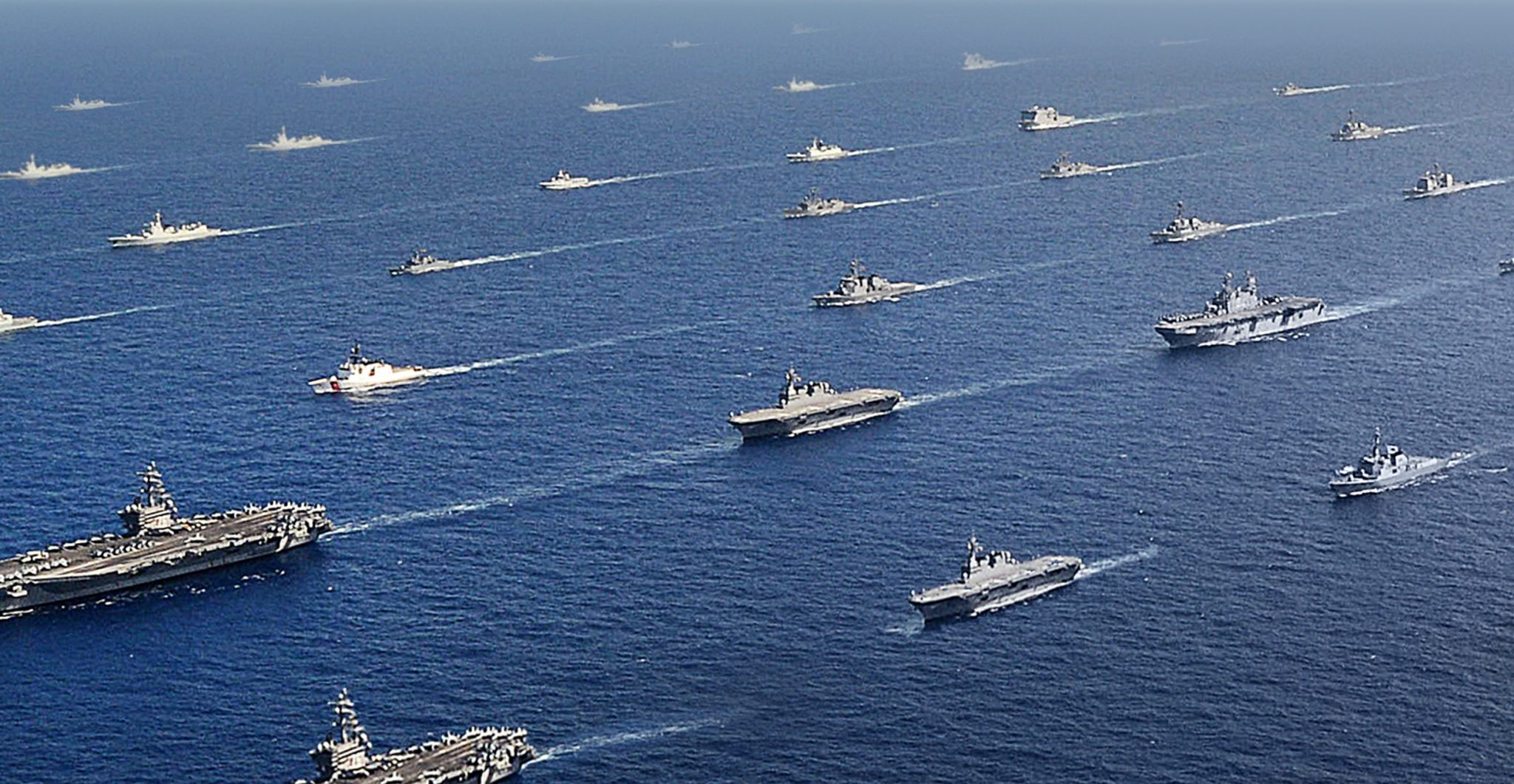By late 1944 and early 1945, the defeat of Nazi Germany seemed imminent and Allied attention moved to the East.
Russia and Japan had fought a bloody, undeclared war at Khalkhin-Gol in 1939. By 1941, they had secured a truce that let both powers focus their attention elsewhere. But both sides still kept significant forces in the area.
Stalin and the Soviet General Staff desperately wanted to transfer more forces during the critical period in 1941 and 42, and it wasn’t until 1944 that the Japanese forces in the area assumed a defensive posture.
By late 1944, Japan still had roughly half a million soldiers in China, and they had conducted Operation Ichi-Go. This was comparable in size to the German invasion of the Soviet Union, and was an attempt to consolidate their position in China and secure much-needed supply lines.
The fanatical resistance of Germany and the astounding losses at the Battle of Okinawa convinced the Western Allies that they needed Russian help. At the Yalta and Potsdam conferences, they secured Russian support for a promised invasion of Japanese Far East territories that Stalin kept almost to the day.
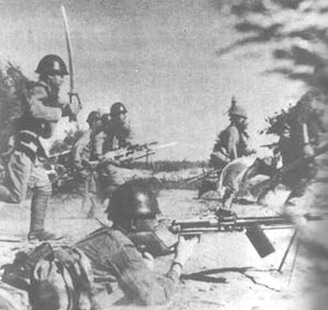
The Russians had performed some small naval operations against Germany in the Crimean peninsula and elsewhere, but they didn’t have the Allied experience gained from island hopping in the Pacific and invading Normandy. So they were short of both men and material to undertake naval invasions.
In the end, a transfer of 180 ships was approved in what the Americans called Project Hula.
The most capable were thirty 1,415-ton Tacoma-class patrol frigates optimized for anti-submarine operations, with three 3-inch guns and multiple flak cannons and depth charge projectors.
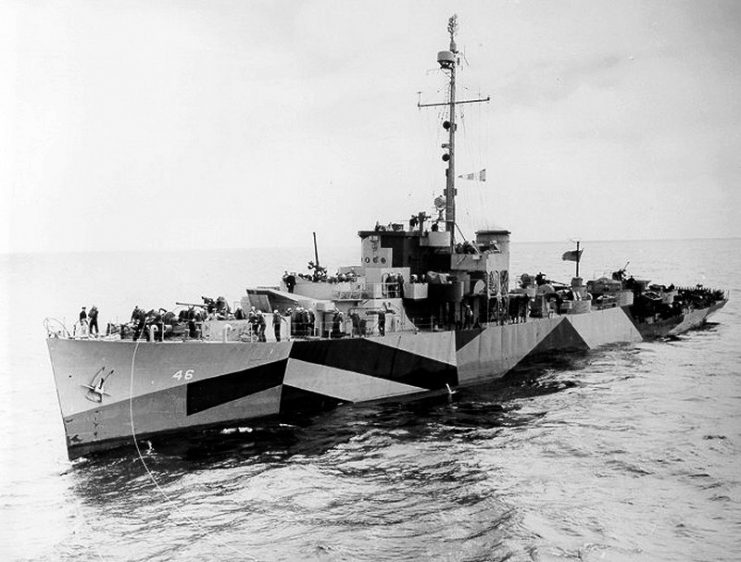
These were supplemented by 34 similarly armed Admirable-class minesweepers that were under half the displacement.
There were also 92 smaller submarine chasers and wooden-hulled auxiliary motor torpedo boats as well as four hulking floating workshops to administer repairs at sea.
However, the most important donation consisted of 30 Landing Craft Infantry (Large), equipped with ramps that could discharge over 200 soldiers onto a beachhead.
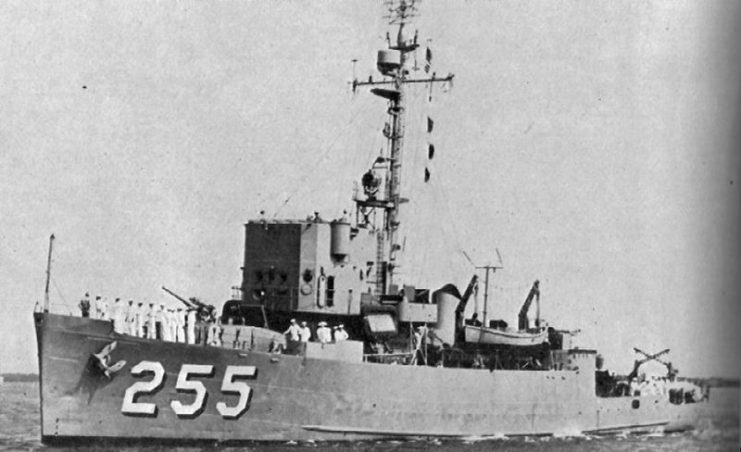
The Soviet delegation arrived in a remote Alaskan camp in March and the ships began transferring in April. Thousands of sailors arrived to train and refit the ships. Language barriers were particularly challenging in regards to the complex radar technology and the manuals were quickly retranslated.
By July 31st over 100 vessels had been transferred. A mere eight days later the Soviet forces rolled through Manchuria. After their defeat of Nazi Germany, the Russians had honed their operations and some elements of the attack advanced over 450 km (about 280 miles) in three days.
Others faced greater Japanese resistance but they used clever maneuvers to outwit them. In addition, when subordinates showed impressive initiative, this stunned an enemy that had been expecting clumsy Soviet attacks.
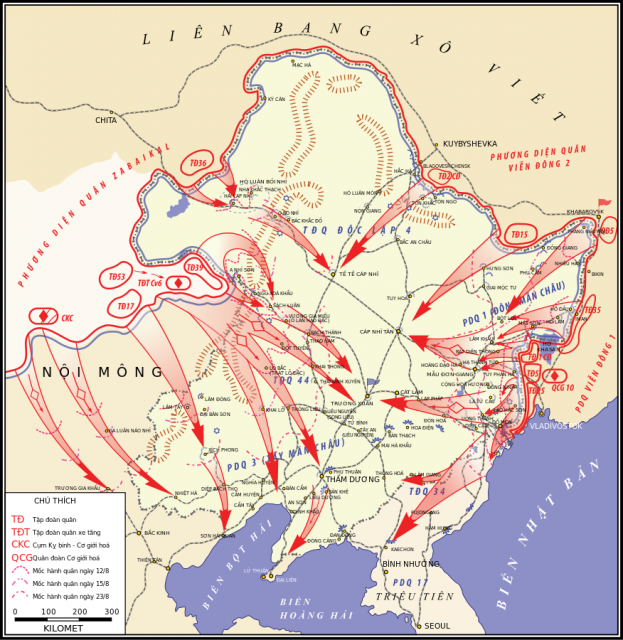
By August 11th the Soviets used the newly acquired ships to attack the North Sakhalin and Kuril islands.
By September 4th the war was over, and the Soviets began the rather lengthy process of transferring the ships back to America. The Cold War made this a somewhat fraught and difficult process.
By the time most of them were transferred back, they were in such a poor state that the Navy scuttled them immediately or sold them back to the Russians for scrap metal.
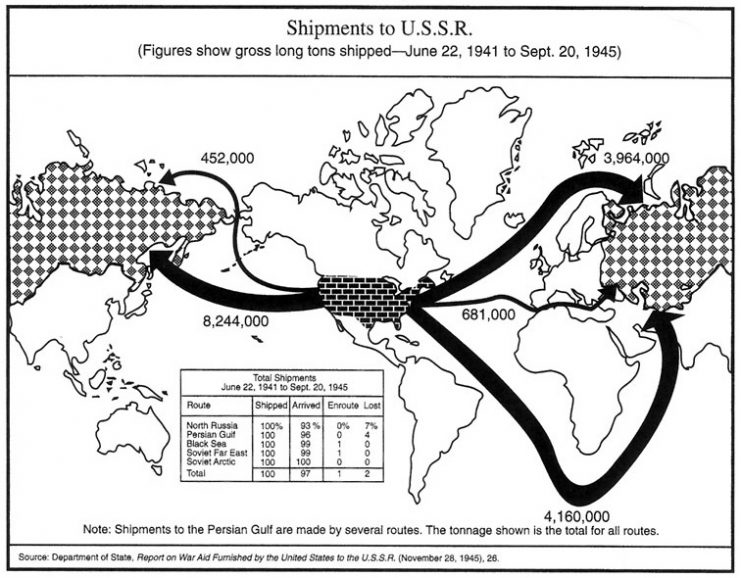
The Cold War often obscures Russian and American contributions and leads to wildly differing interpretations of Russian actions.
While the Russians did seize a significant amount of spoils in Manchuria and the Far East including rail lines, heavy industry, and disputed islands in the Pacific, they were also true to their word and started a war with Japan that the Allies wanted.
They did this despite the massive logistical difficulties of secretly moving 90 divisions using a limited trans-Siberian rail line after having barely survived four years of life or death struggle against Germany. But they also had significant help from the Allies in the form of Lend Lease, and 150 loaned naval vessels.
